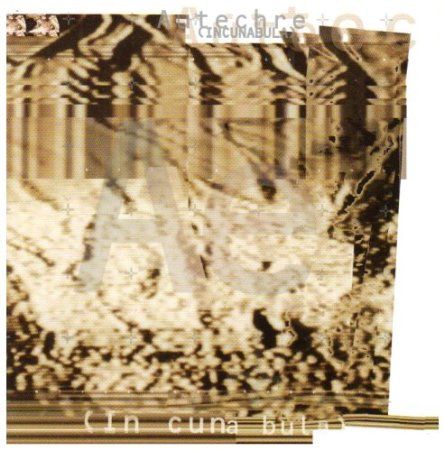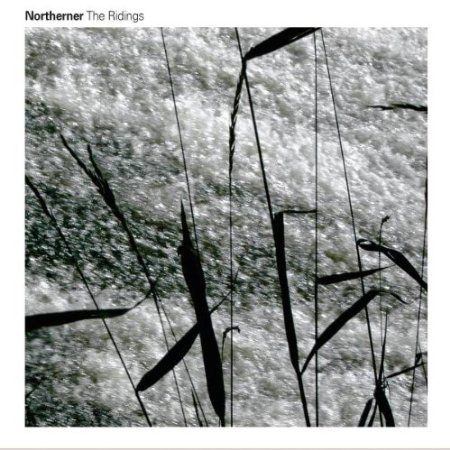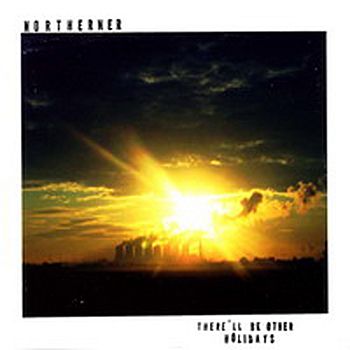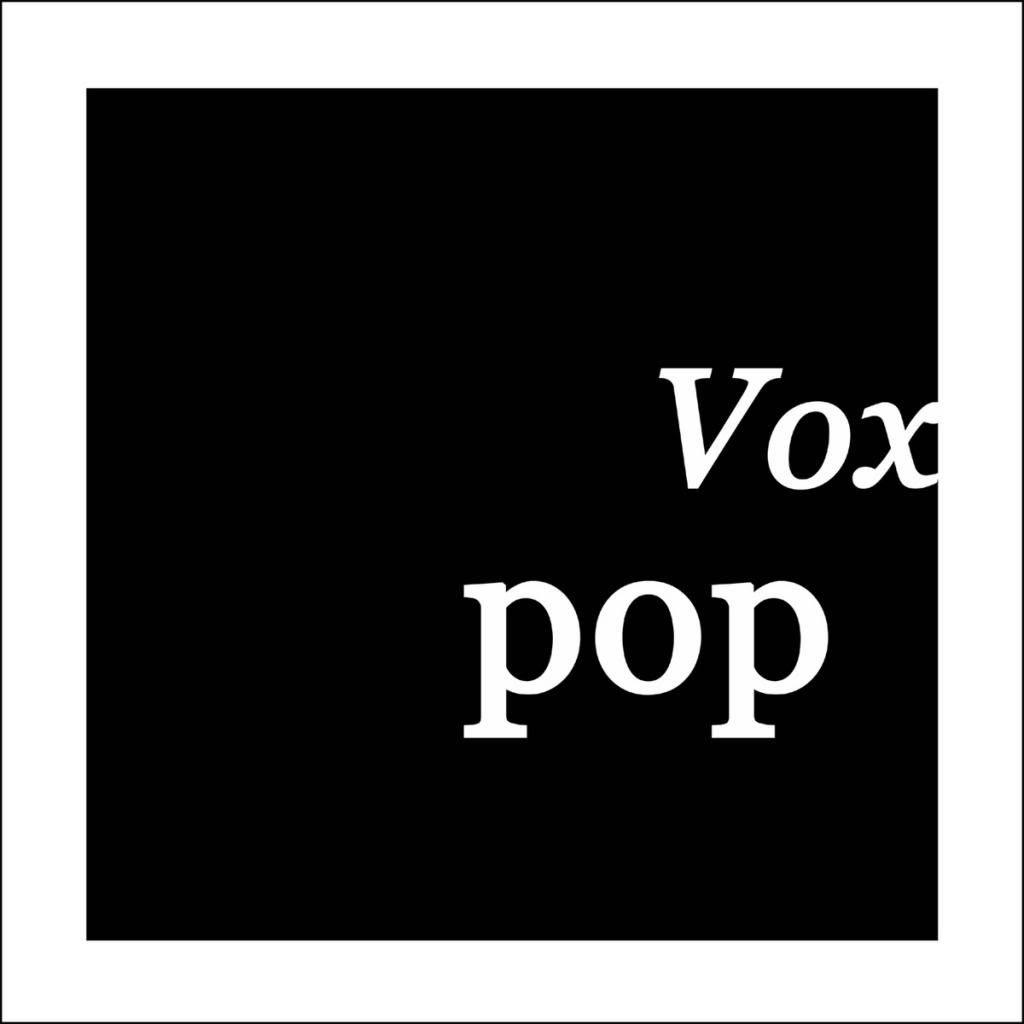Re: Electronica - what are you listening to?
Posted: Wed May 29, 2013 7:21 pm
Vinyl....

Jóhann Jóhannsson
Copenhagen Dreams
Norman; 2012
By Ned Raggett; August 6, 2012
7.5
ARTISTS:
Jóhann Jóhannsson
To account for the continuing work of Jóhann Jóhannsson in proper detail is almost self-defeating. Not that it can't be addressed, but that it's so constant and ongoing, a reflection in process as much as, or even more so, than product. Copenhagen Dreams is on the one hand "just" another album from the Icelandic-born, Copenhagen-based musician, again assisted in part by a series of regular musical collaborators and performers, with an emphasis on the gently experimental and beautifully mood-setting. It is also another in the series of film soundtracks that have made up a vast swathe of his artwork, even beyond his standalone albums over the past decade. Copenhagen Dreams is not out to surprise, but to reaffirm and extend a body of work and a considerable reputation.
But leaving it at that is both unduly and unnecessarily bloodless. The film in question, originally released a couple of years ago by director Max Kestner, is the kind of documentary that a hundred years of motion pictures, television, and more has made into a kind of subtle genre, the documentary study of a city that relies on impression, editing, and visual and sonic sense presented to a viewer. From the multiple soundtracks created over time for Dziga Vertov's groundbreaking Russian study Man With a Movie Camera forward, the idea of crafting music for such a study is equally strong, whether to capture a hustle-bustle, a quiet contemplation, or a range in between. That Copenhagen Dreams tends toward the latter isn't a surprise given Jóhannsson's work; it's the pleasure in hearing what he does that is the key to listening.
The choice of subject for the documentary does allow for more interpretive space than might be guessed. For nearly anyone who is not Danish or living in or near the country, it's arguably something near to a blank slate beyond name and location, its comparatively recent history, from Lord Nelson and Kierkegaard to Hans Christian Andersen and the Christiania district, at most the scope of trivia questions and random Wikipedia trawls. Musically the area may be most famous for the well established Roskilde Festival as much as anything else. Since Copenhagen is not Moscow or any similar large capital city that has colonized the imagination of millions, it allows Kestner to focus on the city as it is as opposed to what it must be or live up to.
As such the soundtrack to Copenhagen Dreams functions predominantly in its own right as impressionistic and not necessarily cohesive, a series of quick sketches that impress on the mind only in quick bursts. Yet for all the activity the film shows or implies, there's a general unity that essentially is Jóhannsson as he has established himself, simultaneously classically-tried and placed in a 21st-century context with the technological possibilities provided. Straightforward piano-only songs such as "She Loves to Ride the Port Ferry When It Rains" intertwine with thicker arrangements and unsettled elements, perhaps its own reflection of a centuries-old city looking into an unknowable future.
"Eleven Thousand Six Hundred and Sixty-Nine Died of Natural Causes" is the name of the first track, a minute-long piece that starts with piano on its own before backward masking layers over the second half, a repetition of a simple melodic figure throughout. The melody recurs in "The Song About the Hyacinths", one of several moments in the album where themes play out once more; in this case, Jóhannsson adds quickly plucked strings to not only distinguish the piece but to provide a crackling energy that further echoes elsewhere in the album.
Thus, the skittering glitch of "The Jewish Cemetery on Møllegade" floats above a subtle loop of keyboards before strings slowly move almost like a series of great sighs, distant tones adding to a feeling of alien activity, perhaps even a restlessness that belies the title's implication-- or suggests deeper feelings at work, especially notable in a country that was largely successful in saving its Jewish population from the depredations of Nazism. Similarly nervous-sounding tracks like "There's No Harm Done" contrast with moments of pure elegiac impact, such as the matching of piano and chimes on "Here, They Used to Build Ships", a suggestion of something magical but irrevocably departed. If the apparent formula is clear, the results still resonate, and when the strings appear towards the end, the result is a sudden crushing emotion, as if something else further were lost.
Those longer pieces that appear by default linger a bit more in the memory, but also tend to move beyond one core element, a chance for Jóhannsson to stretch out within the confines of the film's requirements. "A Memorial Garden on Enghavevej" lets its central piano melody flow between relentless minimalism and a music-box prettiness, concluding with what could almost feel like sparkles, while the last piece "They Imagine the City Growing Out Into the Ocean", one of several tracks featuring múm's Hildur Guðnadóttir on vocals, has both a quality of benediction in its slow string beauty and a suggestion of a future, however melancholic. If that is to be considered "typically" Jóhannsson at this point, it is no less powerful, or enjoyable, for that reason.

Jóhann Jóhannsson
Copenhagen Dreams
Norman; 2012
By Ned Raggett; August 6, 2012
7.5
ARTISTS:
Jóhann Jóhannsson
To account for the continuing work of Jóhann Jóhannsson in proper detail is almost self-defeating. Not that it can't be addressed, but that it's so constant and ongoing, a reflection in process as much as, or even more so, than product. Copenhagen Dreams is on the one hand "just" another album from the Icelandic-born, Copenhagen-based musician, again assisted in part by a series of regular musical collaborators and performers, with an emphasis on the gently experimental and beautifully mood-setting. It is also another in the series of film soundtracks that have made up a vast swathe of his artwork, even beyond his standalone albums over the past decade. Copenhagen Dreams is not out to surprise, but to reaffirm and extend a body of work and a considerable reputation.
But leaving it at that is both unduly and unnecessarily bloodless. The film in question, originally released a couple of years ago by director Max Kestner, is the kind of documentary that a hundred years of motion pictures, television, and more has made into a kind of subtle genre, the documentary study of a city that relies on impression, editing, and visual and sonic sense presented to a viewer. From the multiple soundtracks created over time for Dziga Vertov's groundbreaking Russian study Man With a Movie Camera forward, the idea of crafting music for such a study is equally strong, whether to capture a hustle-bustle, a quiet contemplation, or a range in between. That Copenhagen Dreams tends toward the latter isn't a surprise given Jóhannsson's work; it's the pleasure in hearing what he does that is the key to listening.
The choice of subject for the documentary does allow for more interpretive space than might be guessed. For nearly anyone who is not Danish or living in or near the country, it's arguably something near to a blank slate beyond name and location, its comparatively recent history, from Lord Nelson and Kierkegaard to Hans Christian Andersen and the Christiania district, at most the scope of trivia questions and random Wikipedia trawls. Musically the area may be most famous for the well established Roskilde Festival as much as anything else. Since Copenhagen is not Moscow or any similar large capital city that has colonized the imagination of millions, it allows Kestner to focus on the city as it is as opposed to what it must be or live up to.
As such the soundtrack to Copenhagen Dreams functions predominantly in its own right as impressionistic and not necessarily cohesive, a series of quick sketches that impress on the mind only in quick bursts. Yet for all the activity the film shows or implies, there's a general unity that essentially is Jóhannsson as he has established himself, simultaneously classically-tried and placed in a 21st-century context with the technological possibilities provided. Straightforward piano-only songs such as "She Loves to Ride the Port Ferry When It Rains" intertwine with thicker arrangements and unsettled elements, perhaps its own reflection of a centuries-old city looking into an unknowable future.
"Eleven Thousand Six Hundred and Sixty-Nine Died of Natural Causes" is the name of the first track, a minute-long piece that starts with piano on its own before backward masking layers over the second half, a repetition of a simple melodic figure throughout. The melody recurs in "The Song About the Hyacinths", one of several moments in the album where themes play out once more; in this case, Jóhannsson adds quickly plucked strings to not only distinguish the piece but to provide a crackling energy that further echoes elsewhere in the album.
Thus, the skittering glitch of "The Jewish Cemetery on Møllegade" floats above a subtle loop of keyboards before strings slowly move almost like a series of great sighs, distant tones adding to a feeling of alien activity, perhaps even a restlessness that belies the title's implication-- or suggests deeper feelings at work, especially notable in a country that was largely successful in saving its Jewish population from the depredations of Nazism. Similarly nervous-sounding tracks like "There's No Harm Done" contrast with moments of pure elegiac impact, such as the matching of piano and chimes on "Here, They Used to Build Ships", a suggestion of something magical but irrevocably departed. If the apparent formula is clear, the results still resonate, and when the strings appear towards the end, the result is a sudden crushing emotion, as if something else further were lost.
Those longer pieces that appear by default linger a bit more in the memory, but also tend to move beyond one core element, a chance for Jóhannsson to stretch out within the confines of the film's requirements. "A Memorial Garden on Enghavevej" lets its central piano melody flow between relentless minimalism and a music-box prettiness, concluding with what could almost feel like sparkles, while the last piece "They Imagine the City Growing Out Into the Ocean", one of several tracks featuring múm's Hildur Guðnadóttir on vocals, has both a quality of benediction in its slow string beauty and a suggestion of a future, however melancholic. If that is to be considered "typically" Jóhannsson at this point, it is no less powerful, or enjoyable, for that reason.



